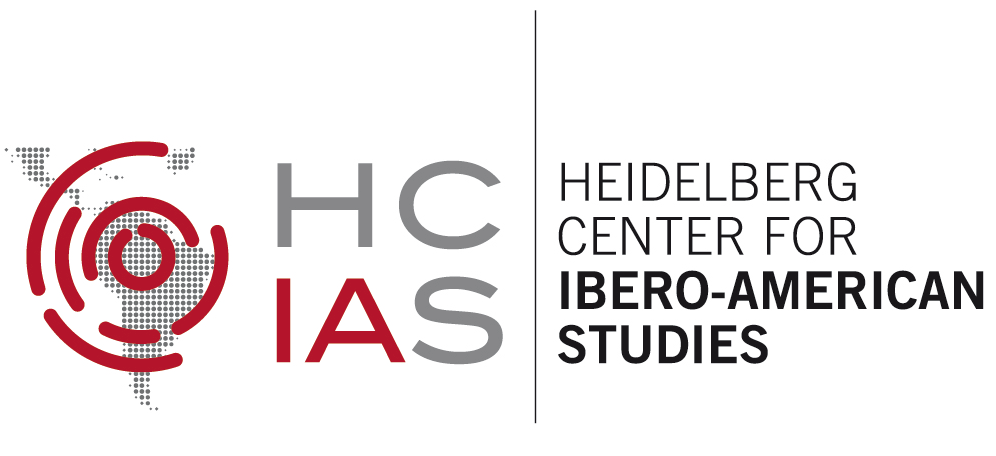Submissions
Submission Preparation Checklist
As part of the submission process, authors are required to check off their submission's compliance with all of the following items, and submissions may be returned to authors that do not adhere to these guidelines.- The submission has not been previously published, nor is it being considered by another journal (or an explanation has been provided in Comments to the Editor).
- The submission file is in Microsoft Word, RTF, or WordPerfect document file format.
- Where available, URLs for the references have been provided.
- The text adheres to the stylistic and bibliographic requirements outlined in the Author Guidelines.
Papers
Standard-RubrikenrichtlinieCopyright Notice
Published on the Internet under the following Creative Commons License:
Creative Commons — Attribution 4.0 International — CC BY 4.0
Privacy Statement
The names and email addresses entered in this journal site will be used exclusively for the stated purposes of this journal and will not be made available for any other purpose or to any other party.



